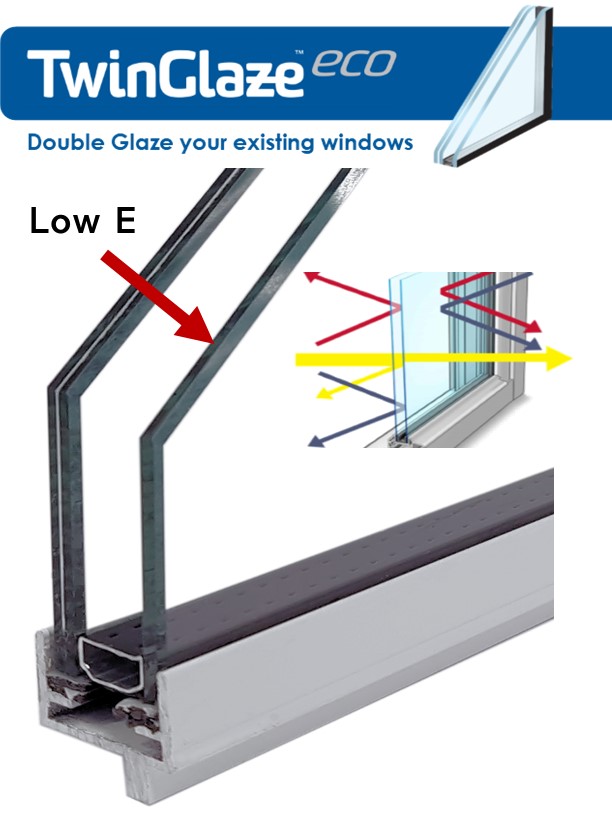All Categories
Featured
Table of Contents
Plastic Window Frames - Best Plastic Double Glazed ... in Nedlands WA
That window can send more solar heat in winter season than in summer. A west-facing window on a summer's afternoon has an angle of incidence from near 0 up to 30 with a large efficient area of solar radiation. A north-facing window, in summer season, has a high angle of occurrence and a low reliable area of solar radiation, so can transmit less heat than a west-facing one.

You can quickly and easily improve the thermal efficiency of your home by replacing your windows. There are thousands of types of glass and frames to select from.
Glazing in Waikiki WA
There are several kinds of glass items to choose from. Single glazing utilizes a single pane of glass. Single glazing with clear glass is not very efficient when it pertains to heat loss or gain. To enhance efficiency, you can utilize single glazing with a more energy-efficient type of glass such as low emissivity (low-e) glass.
The energy performance of IGUs likewise depends on: the properties of each layer of glass. Different glass types (for example, clear and low-e glass) can be put together in an IGU.
Faq in Mahogany Creek Western Australia

IGU cavities can be filled with air or a more inert, low-conductivity gas such as argon the width of the cavity. Wider cavities offer lower (much better) U worths, with 12mm generally accepted as the favored gap how well the cavity is sealed.
If argon is installed to the cavity in place of air, wetness is dependably excluded the level of desiccant (drying representative). The spacer (metal or polymer strip) that separates the glass layers consists of a desiccant to take in any moisture. Insufficient desiccant may trigger wetness to condense on the glass surface area in cold conditions, minimizing thermal performance.
What Are The Best Double Glazed Windows In Australia? in Hamersley Western Australia
In fact, IGUs can provide better energy performance for all climates, particularly in heated and air-conditioned houses. Cross-section information of single, double and triple-glazing units Low emissivity glass (frequently referred to as low-e glass) lowers heat transfer. Low-e glass may be either high or low transmission: High transmission low-e glass has a coating that allows daylight from the sun to enter your home to attain excellent solar heat gain, but minimizes the quantity of the long wavelength infrared heat that can get away back through the window.
Low-e glass has either a pyrolytic covering or a vacuum-deposited thin movie metal covering. Pyrolytic finishings are long lasting and can be utilized for any glazing; vacuum-deposited finishes are soft and are just used within IGUs. Low-e coatings can considerably improve both U value and SHGC; nevertheless, they should be utilized correctly or they will either degrade or fail to perform as needed.
Windows Of Opportunity: Your Guide To High-performance ... in Innaloo WA
Low-e coatings can be utilized in mix with clear, toned or reflective glass. Low-e finishes on glazing can minimize heat transfer where required Photo: Department of Industry, Science, Energy and Resources Toned glass has colouring ingredients included throughout manufacture. It is available in various colours, generally bronze, grey, blue and green.
Table of Contents
Latest Posts
Does Double Glazing Keep Heat Out in South Fremantle Perth
Which Double Glazed Windows Are Best For Summer? in Kalamunda WA
Why Install Stunning Double Glazing Windows During Summer? in Hamilton Hill Perth
More
Latest Posts
Does Double Glazing Keep Heat Out in South Fremantle Perth
Which Double Glazed Windows Are Best For Summer? in Kalamunda WA
Why Install Stunning Double Glazing Windows During Summer? in Hamilton Hill Perth